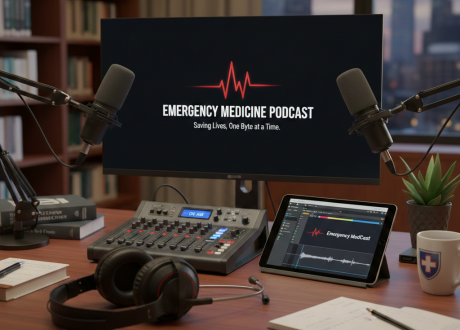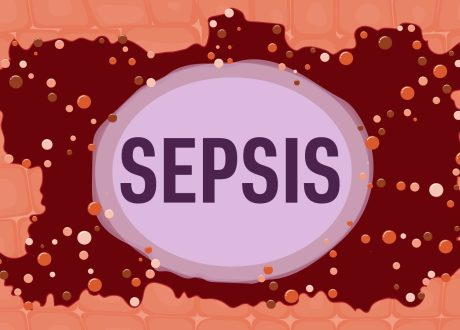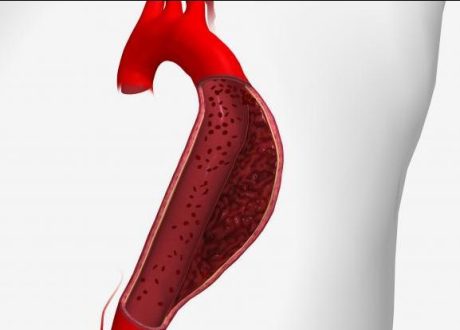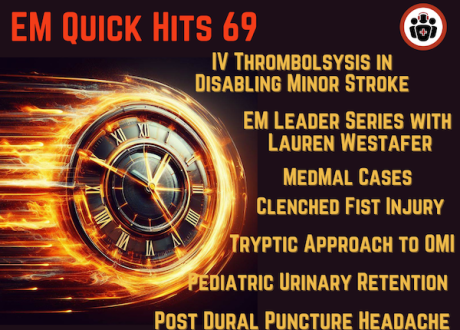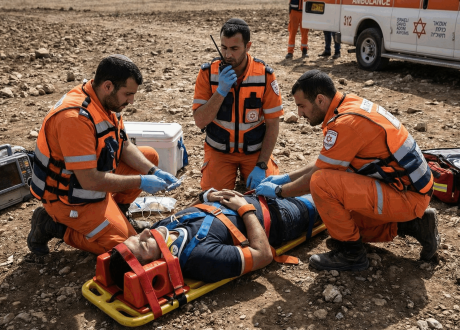Aug 14, 2023
Contributor: Aaron Lessen MD
Educational Pearls:
What is measured in an ABG/VBG?
-
Blood values for oxygen tension (pO2), carbon dioxide tension (pCO2), acidity (pH), oxyhemoglobin saturation, and bicarbonate (HCO3) in either arterial or venous blood
-
Other tests can measure methemoglobin, carboxyhemoglobin, hemoglobin levels, base excess, and lactate
What are they used for?
-
Identification of ventilation/acid-base disturbances. For example: if a patient is in septic shock, oxyhemoglobin saturation can be used to guide resuscitation efforts (early goal- directed therapy)
What's the difference between an ABG and VBG?
-
One of the main differences is how the blood samples are collected. Venous blood gas is normally collected from existing venous access such as a central venous catheter. Arterial blood gases must be drawn from an artery, such as the radial artery.
-
Arterial blood draws can be difficult, painful, and contraindicated in many situations.
-
ABGs have traditionally provided more accurate measurements for assessing oxygenation, ventilation, and acid-base status.
-
However, several studies have found that VBGs can still be used to accurately assess pH, pCO2, HCO3, lactate, sodium, potassium, chloride, ionized calcium, blood urea nitrogen, base excess, and arterial/alveolar oxygen ratio. This is supported by a recent study in 2023 in the International Journal of Emergency Medicine which specifically studied patients with hypotension and use of VBGs for resuscitation guidance.
Are there other non-invasive methods that can be used to fill in the gaps to avoid ordering an ABG?
-
Oxygenation can be measured by pulse oximetry
-
Arterial carbon dioxide tension can be estimated by end-tidal carbon dioxide (PetCO2)
-
Mixed venous blood gases are another alternative for patients who already have a pulmonary artery catheter
References
-
Rivers E, Nguyen B, Havstad S, Ressler J, Muzzin A, Knoblich B, Peterson E, Tomlanovich M; Early Goal-Directed Therapy Collaborative Group. Early goal-directed therapy in the treatment of severe sepsis and septic shock. N Engl J Med. 2001 Nov 8;345(19):1368-77. doi: 10.1056/NEJMoa010307. PMID: 11794169.
-
Prasad H, Vempalli N, Agrawal N, Ajun UN, Salam A, Subhra Datta S, Singhal A, Ranjan N, Shabeeba Sherin PP, Sundareshan G. Correlation and agreement between arterial and venous blood gas analysis in patients with hypotension-an emergency department-based cross-sectional study. Int J Emerg Med. 2023 Mar 10;16(1):18. doi: 10.1186/s12245-023-00486-0. PMID: 36899297; PMCID: PMC9999648.


